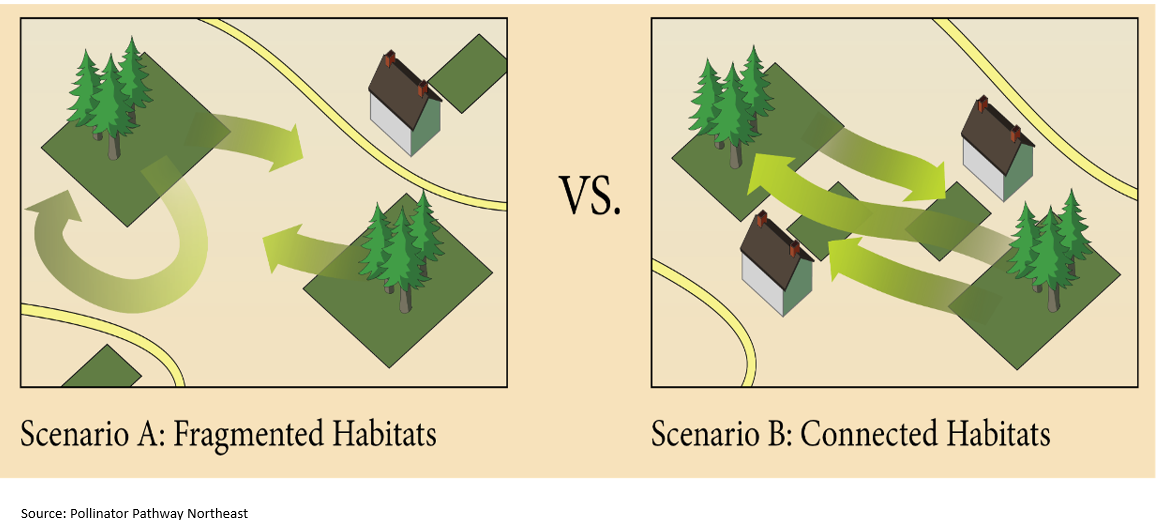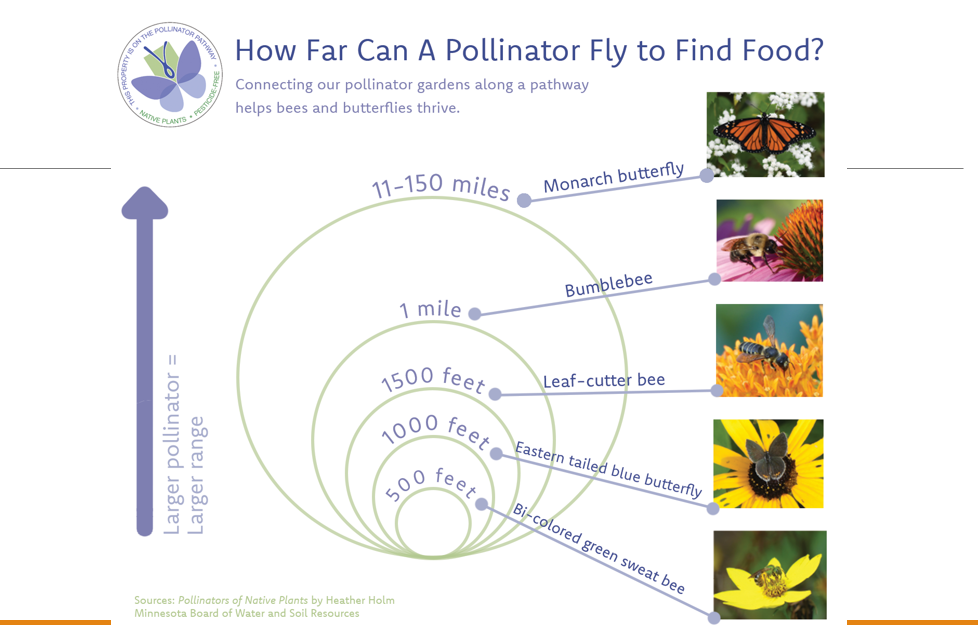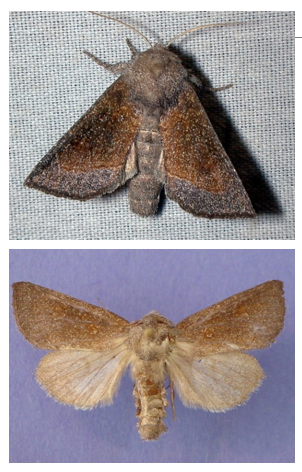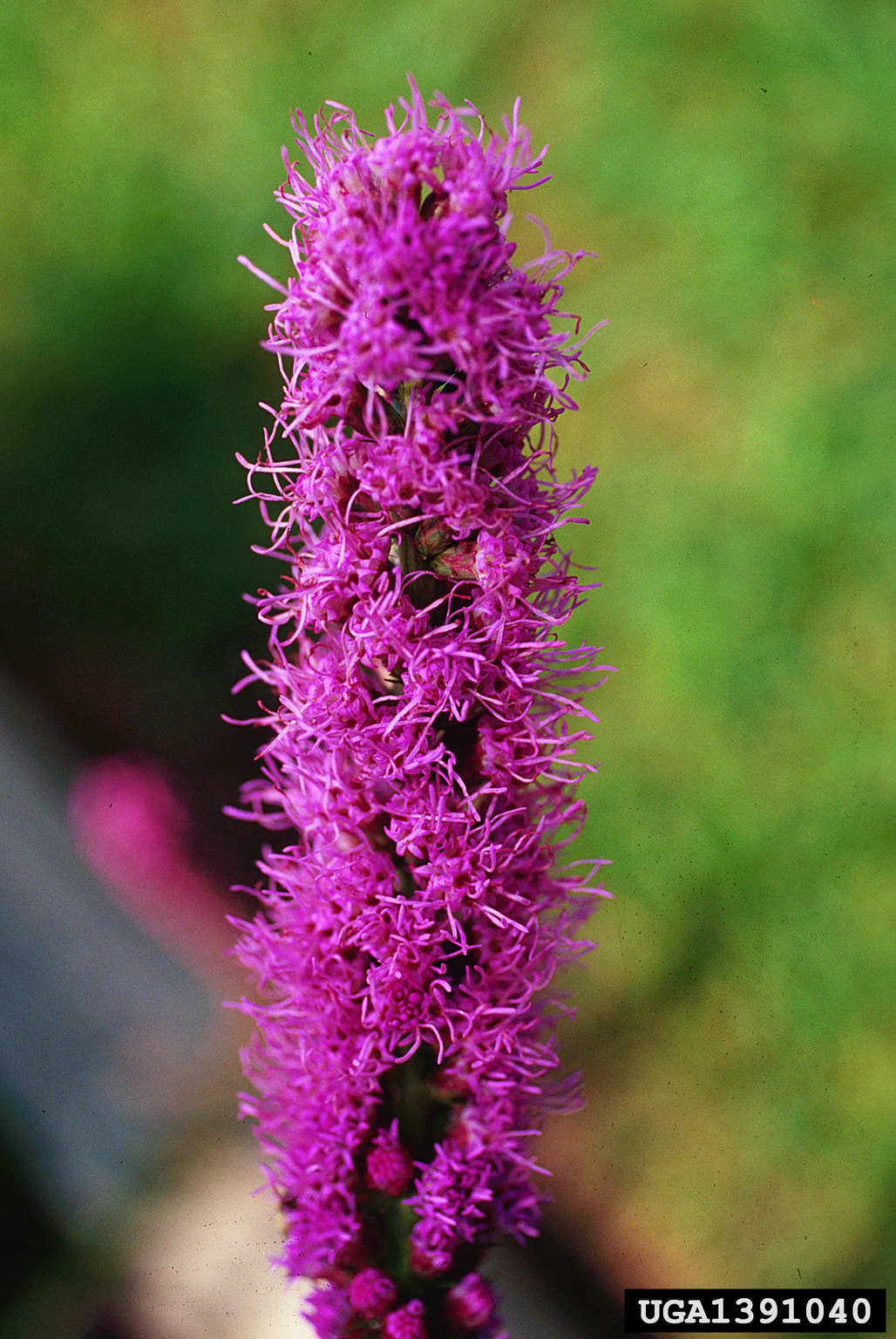Establishing a pollinator pathway creates pollinator-friendly habitat and food sources for bees, butterflies, hummingbirds and other pollinating insects and wildlife along a series of continuous corridors. Pollinators move pollen from the male anther of a flower to the female stigma of a flower. This helps to bring about fertilization of the ovules in the flower by the male gametes from the pollen grains. The movement of pollen must occur for the plant to become fertilized and produce fruits, seeds, and young plants.
|
Several factors have led to an increase in "wastelands" for pollinators, including urban- and suburban-ization, which divide up or “fragment” the landscape, as well as declines in diversity and populations of native plant species. This decreases the likelihood of pollinators finding adequate habitat and food. |
|
Certain species can only travel so far to locate these critical resources, with smaller bodied pollinators like the bi-colored green sweat bee only ranging out 500 feet. And even though larger pollinators like the monarch butterfly can range up to 150 miles, if their needed resources are not found along that journey then their survival is still threatened. Connecting suitable habitat fragments helps these species to find the resources they need. For more information about Pollinator Pathways check out www.pollinator-pathway.org |
Warren SWCD's Goals:
- Create a pollinator corridor of contiguous properties including open spaces and adjacent private properties throughout Warren County. (State Park to Waynesville to City of Lebanon).
- To support habitat for pollinators with positive spillover effects for the entire food chain and our watershed.
- Highlight an insect/pollinator and provide education surrounding this species.
2024 Species Highlight – Blazing Star Borer Moth
|
Blazing star borer moth is a moth that depends on the blazing star plant (Liatris spp.) In Ohio, it is listed as endangered and is ranked globally vulnerable. The blazing star moth is struggling because there are no longer massive Midwestern prairies filled with the blazing star plant.
The moth gets its name from the way it feeds. It bores into the plant stems and feeds on the inside of the plant. It is believed that there are a little more than 100 populations still in existence. Warren SWCD wants to promote habitat for the Blazing Star Moth by encouraging the planting of Blazing Star (Liatris spp.) in local landscapes. |
Download the Blazing Star Borer Moth Fact Sheet!
| |||||||
|
D O Y O U R P A R T -
P L A N T M O R E B L A Z I N G S T A R ! Part of the Asteraceae family, the blazing star genus includes 32 species that occur throughout North America from southern Canada to northern Mexico. Commonly called blazing star or gayfeather, this perennial produces tall spikes of bright purple flowers that resemble bottlebrushes above the green strap-like foliage. Flower spikes bloom from the top down. Plants reach height of 2-6ft. Flowers of blazing star attract both bees and butterflies but is critical plant for the survival of the blazing star borer moth. Liatris spp. is a great addition to the perennial garden, the flower spikes can also be enjoyed as a cut flower, or harvested and dried. More actions you can take to help pollinators!
1. Include native plants on your land and manage invasive species. 2. Provide winter habitat like dead stalks, brush piles 3. Do not use pesticides -Get soil tested to see if it needs any thing! 4. For spaces with lawn: -Mow higher and less often. -Consider reducing lawn size by adding shrubs, trees, or a mini meadow. - Leave some bare ground and dead wood for nesting native bees. -Leave the autumn leaves for overwintering eggs and pupae of pollinating insects – wait to cleanup until spring. |
Are you planting for pollinators? Let us know by adding your pollinator garden to the map! Pollinator Pathways seeks to connect habitat and resources for our native pollinators like the BSB moth. By knowing where these gardens are, we know where we may have gaps in available habitat and food sources that we need to focus on increasing plantings. Fill out the Pollinator Garden Survey to add your garden's approximate location to our map. And check out where other pollinator gardens have been installed!
|
|
|
